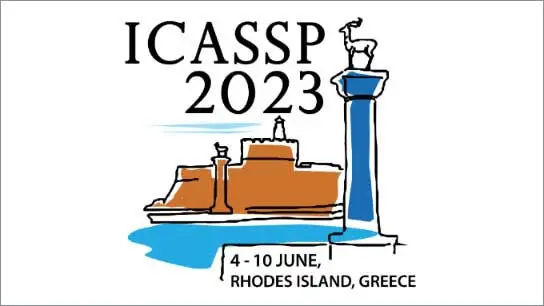ON DESIGNING LIGHT-WEIGHT OBJECT TRACKERS THROUGH NETWORK PRUNING: USE CNNS OR TRANSFORMERS?
Saksham Aggarwal (IIT (ISM) Dhanbad); Taneesh Gupta (Indian Institute of Technology,Dhanbad); Pawan Kumar Sahu (IIT Dhanbad); Arnav Santosh Chavan (Indian Institute of Technology - Dhanbad); Rishabh Tiwari (Google Research, India); Dilip K Prasad (UiT The Arctic University of Norway); Deepak K Gupta (UiT The Arctic University of Norway)
-
Members: FreeSPS
IEEE Members: $11.00
Non-members: $15.00
07 Jun 2023
Object trackers deployed on low-power devices need to be
light-weight, however, most of the current state-of-the-art
(SOTA) methods rely on using compute-heavy backbones
built using CNNs or transformers. Large sizes of such
models do not allow their deployment in low-power condi-
tions and designing compressed variants of large tracking
models is of great importance. This paper demonstrates
how highly compressed light-weight object trackers can be
designed using neural architectural pruning of large CNN
and transformer based trackers. Further, a comparative
study on architectural choices best suited to design light-
weight trackers is provided. A fair comparison between
SOTA trackers using CNNs, transformers as well as the
combination of the two is presented to study their stabil-
ity at various compression ratios. Finally results for ex-
treme pruning scenarios going as low as 1% in some cases
are shown to study the limits of network pruning in object
tracking. This work provides deeper insights into design-
ing highly efficient trackers from existing SOTA methods.



